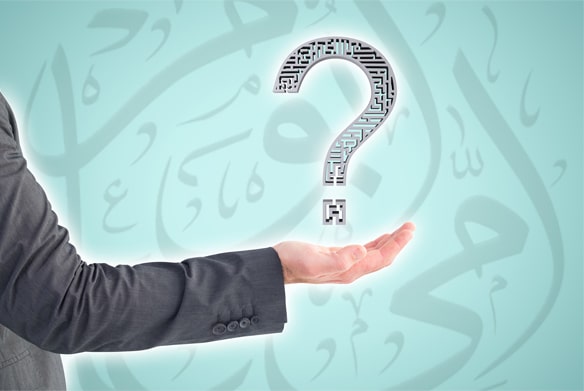What is Arabic calligraphy?
Calligraphy (from the Greek words καλλος kallos “beauty” + γραφος grafos “writing”) is the art of penmanship that ranges from functional writing and handwritten letters to the visual arts, where creating a decorated handwritten character is often more important than the readability of the text. Calligraphy is different from typography. Individual characters are erratic and spontaneous, and include unique improvisation at the moment of writing.
Modern calligraphy continues to flourish in the forms of fonts, graphic designs, various announcements, invitations, memorial documents, etc. Most calligraphy these days is far from the original art of unique writing. Instead, it is more like simple penmanship that attracts attention because of its peculiar style. More noteworthy is Japanese or Arabic calligraphy, which gives a whole new perspective to the audience (if the audience can understand the characters). It is a common art, often used as decoration on walls, sometimes thematically for seasons (for example, in the hot summer “cold” and conversely).
Arabic calligraphy is artistic paintwriting. It is the art of neat and decorative writing. The advantage of Arabic calligraphy is the natural disposition of Arabic characters to decorative writing. The main impulse for the development of Arabic calligraphy was the holy book of Muslims – the Koran. But Arabic calligraphy is not limited only to Islam. Over time it has become an inseparable part of modern Arabic graphics and design.
Development of Arabic calligraphy
Originally the text of the Koran was written calligraphically on sheets of gazelle parchment. When paper was invented in the middle of the eighth century, the Koran began to be written on colored sheets of paper in golden ink. The holiness of the Koran was soon carried into Arabic writing since it was the language of God’s word. Also, calligraphers who spread the Koran through Arabic writing were widely praised.
The exceptional craft of calligraphy
Calligraphers were held in great respect and their social status was higher than the status of other craftsmen and artists. The exclusive stance of Arabic writing as a carrier of God´s word was an impulse for the rich development of calligraphy. Arabic calligraphy soon came to be a noble and glorified craft and it was professed even by sovereigns and rulers. Most of the calligraphic texts were written on paper by fountain pens or brushes.
What Impact of has calligraphy had on world art ?
It has a huge impact as literal images are usually forbidden and so words become the primary expression of art

